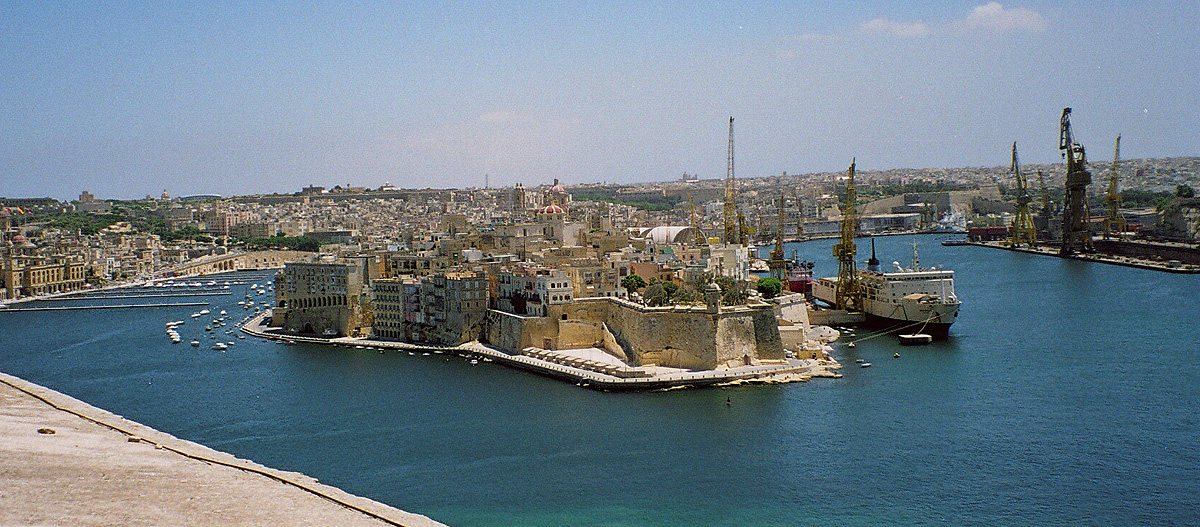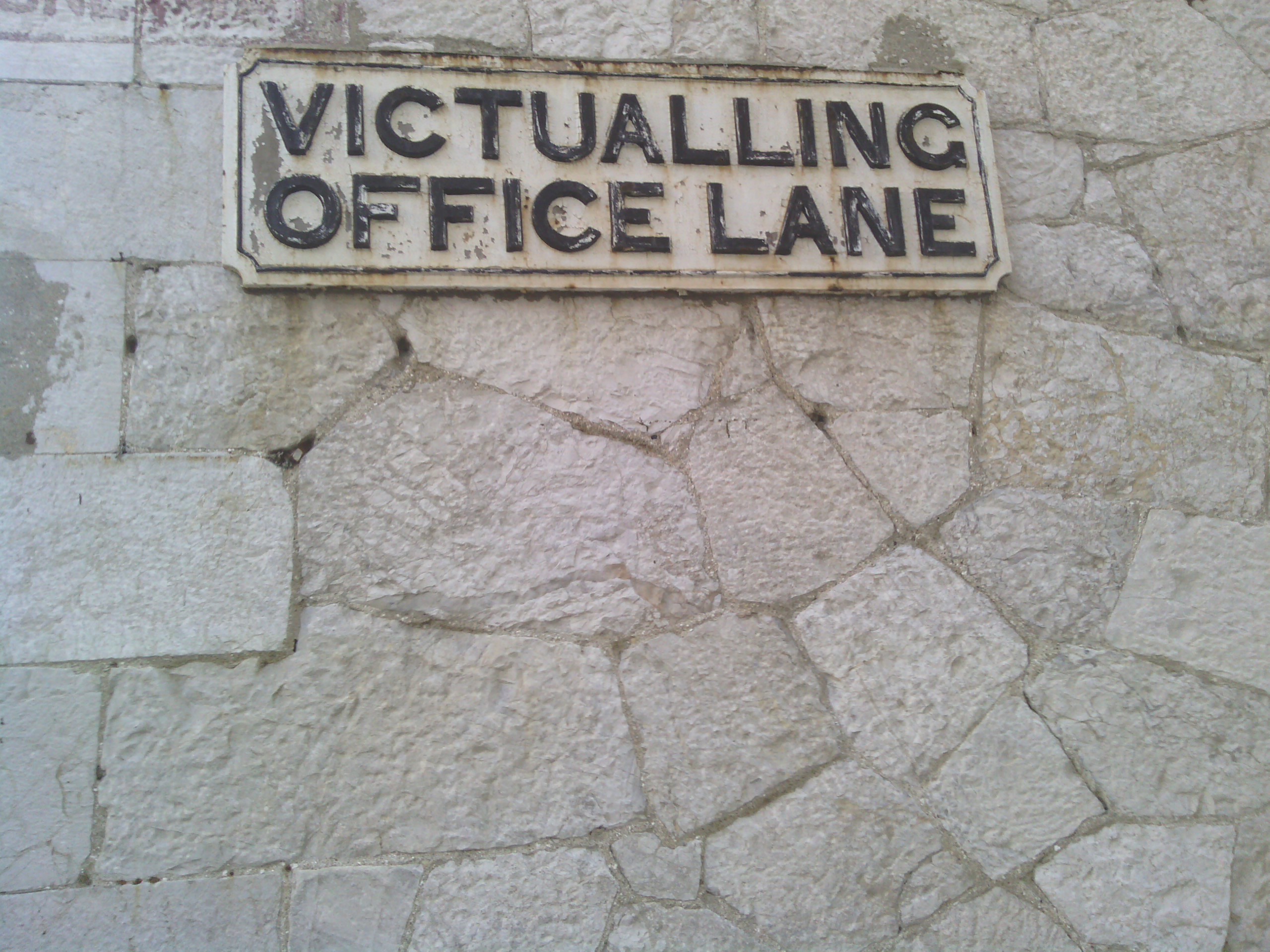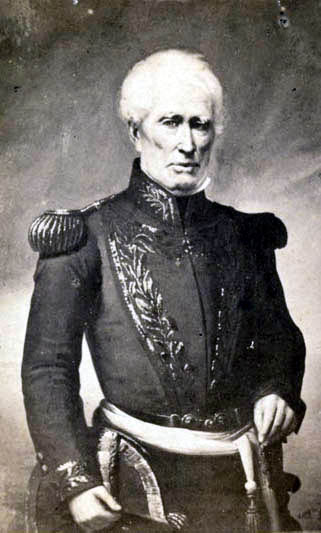|
Malta Dockyard
Malta Dockyard was an important naval base in the Grand Harbour in Malta in the Mediterranean Sea. The infrastructure which is still in operation is now operated by Palumbo Shipyards. History Pre-1800 The Knights of Malta established dockyard facilities within the Grand Harbour to maintain their fleet of galleys. These were spread between the cities of Senglea, Cospicua and Vittoriosa. 19th century When Malta became a British protectorate in 1800, these facilities were inherited, and gradually consolidated, by the Royal Navy. With the loss of Menorca, Malta swiftly became the Navy's principal Mediterranean base. The Royal Navy Dockyard was initially located around Dockyard Creek in Bormla, and occupied several of the dockyard buildings formerly used by the Knights of Malta. By 1850 the facilities included storehouses, a Ropewalk, ropery, a small steam factory, Victualling Commissioners, victualling facilities, houses for the officers of the Yard, and most notably a dry dock&n ... [...More Info...] [...Related Items...] OR: [Wikipedia] [Google] [Baidu] |
Victualling Commissioners
The Commissioners for the Victualling of the Navy, often called the Victualling Commissioners or Victualling Board, was the body responsible under the Navy Board for victualling ships of the British Royal Navy. It oversaw the vast operation of providing naval personnel (140,000 men in 1810) with enough food, drink and supplies to keep them fighting fit, sometimes for months at a time, in whatever part of the globe they might be stationed. It existed from 1683 until 1832 when its function was first replaced by the Department of the Comptroller of Victualling and Transport Services until 1869 then that office was also abolished and replaced by the Victualling Department. History Under Elizabeth I, a General Surveyor of Victuals had been appointed in 1550 a principal officer of the Navy Board to oversee contracts for food and other provisions for the Navy. In 1550 he was listed as one of the seven members of the Board of Principal Officers and Commissioners of the Navy; he wa ... [...More Info...] [...Related Items...] OR: [Wikipedia] [Google] [Baidu] |
Sir John Louis, 2nd Baronet
Admiral Sir John Louis, 2nd Baronet (1785 – 31 March 1863) was an officer in the Royal Navy. Naval career John Louis entered the Navy in 1795, aboard the ''Minotaur 74'', commanded by his father, Rear-Admiral Sir Thomas Louis, 1st Baronet. From February 1797 until August 1800, Sir John Louis served as a midshipman on the ''Indefatigable'' and the ''Impétueux'', each under the orders of Captain Sir Edward Pellew. In February of 1801, he again joined the ''Minotaur 74'' and by April 21, was made Lieutenant by his father. On December 14 1804, 12 months after he had joined the ''Royal George 100'', flag-ship in the Mediterranean of Sir Kich. Bickerton, Mr. Louis was there promoted to the acting-command of the ''Childers sloop''. He served during 1810 off the coast of Ireland and off Cadiz, was in the Mediterranean in 1811 and then went out to the West Indies. After several years on half-pay, he served again in the West Indies, 1826 to 1830. In 1837 he was appointed Cap ... [...More Info...] [...Related Items...] OR: [Wikipedia] [Google] [Baidu] |
Thomas Briggs (Royal Navy Officer)
Admiral Sir Thomas Briggs (1780 – 16 December 1852) was an officer of the British Royal Navy who served during the French Revolutionary and Napoleonic Wars, and went on to be Commander-in-Chief, Portsmouth. Early life and career The only surviving son of Dr. Stephen Briggs, Chief Surgeon at Madras, and Magdalene Pasley, Briggs entered the Navy on 10 September 1791. He first served as a first class volunteer aboard the ship , under the command of his uncle Captain Thomas Pasley. He later followed him into the ship with the rank of midshipman. Between 1793 and 1798 Briggs served under Captain Charles Tyler in the , and , taking part in the operations against Toulon and Corsica in 1793–94, and saw action under Admiral William Hotham in the Battle of Genoa on 14 March and the Battle of Hyères Islands on 13 July 1795.* Briggs was promoted to lieutenant on 28 September 1797, and was transferred from ''Aigle'' to , flagship of Admiral Earl St. Vincent off Lisbon, and sho ... [...More Info...] [...Related Items...] OR: [Wikipedia] [Google] [Baidu] |
William Brown (admiral)
William Brown (also known in Spanish as Guillermo Brown or ''Almirante'' Brown) (22 June 1777 – 3 March 1857) was an Irish sailor, merchant, and naval commander who served in the Argentine Navy during the wars of the early 19th century. Brown's successes in the Argentine War of Independence, the Cisplatine War, and the Anglo-French blockade of the Río de la Plata earned the respect and appreciation of the Argentine people, and he is regarded as one of Argentina's national heroes. The creator and first admiral of the country's maritime forces, he is commonly known as the "father of the Argentine Navy". Early life Brown was born in Foxford, County Mayo, Ireland, on 22 June 1777. He emigrated with his father to Baltimore, Maryland in 1793. Probably, they went to Philadelphia, Pennsylvania. A short time after their arrival, the friend who had invited them and offered them food and hospitality died of yellow fever. Several days later, William's father also succumbed to the ... [...More Info...] [...Related Items...] OR: [Wikipedia] [Google] [Baidu] |
Sir Alexander John Ball
Rear-Admiral Sir Alexander John Ball, 1st Baronet (22 July 1757 – 25 October 1809) was a Royal Navy officer and colonial administrator who served as the civil commissioner of Malta from 1799 to 1801 and again from 1802 to 1809. He was born in Ebworth Park in Sheepscombe, Gloucestershire. He was the fourth son of Robert and Mary (Dickinson) Ball and the younger brother of Ingram Ball. Early naval experience Ball entered the Royal Navy, and on 7 August 1778, was promoted lieutenant. Three years later he began a close association with Sir George Rodney. Ball was promoted commander on 14 April 1782, two days after his chief's crowning victory, and took command of . On 20 March 1783 he became captain. With peace restored, Ball was furloughed on half-pay. He then spent a year in France, hoping to learn the language and live economically. Captain Horatio Nelson was at this time by no means favourably impressed by his future friend and comrade, and described Ball as a "great coxcomb" ... [...More Info...] [...Related Items...] OR: [Wikipedia] [Google] [Baidu] |
John Nicholson Inglefield
Captain (Royal Navy), Captain John Nicholson Inglefield (1748 – 7 February 1828) was an English naval officer in the Royal Navy. Biography John Nicholson Inglefield was the son of a ship's carpenter, Isaac Inglefield, and his wife, a sister of the ship designer Thomas Slade – later Sir Thomas Slade. According to Captain Inglefield himself, his paternal family was of Lancashire origin and distantly connected to that of the Englefields. Under the patronage of his maternal uncle, Thomas Slade, Inglefield joined the navy as a boy of 11 in 1759. In April 1766, he was rated able seaman aboard the ''Launceston'': in May 1768, he was made lieutenant and moved into under the command of Samuel Hood, 1st Viscount Hood, Sir Samuel Hood. This connection was to prove the most significant of Inglefield's career. Although Inglefield returned to the ''Launceston'' in October, by July 1769, he was back with Hood aboard the ''Romney'' and from that time forward his c ... [...More Info...] [...Related Items...] OR: [Wikipedia] [Google] [Baidu] |
Navy Board
The Navy Board (formerly known as the Council of the Marine or Council of the Marine Causes) was the Regulatory agency, commission responsible for the day-to-day civil administration of the Royal Navy between 1546 and 1832. The board was headquartered within the Navy Office (Royal Navy), Navy Office. History The origins of the Navy Board can be traced back to the 13th century via the office Keeper of the King's Ports and Galleys, later known as the Clerk of the Acts, Clerk of the King's Ships. The management of the navy expanded with the Keeper of the Storehouses, appointed in 1514, and the Comptroller of the Navy (Navy Board), Clerk Comptroller in 1522. The Lieutenant of the Admiralty, Treasurer of the Navy, Treasurer of Marine Causes and Surveyor of the Navy, Surveyor and Rigger of the Navy were all added in 1544, and a seventh officer, the Tudor navy, Master of Naval Ordnance, was added a year later. By January 1545, this group was already working as a body known as the Counc ... [...More Info...] [...Related Items...] OR: [Wikipedia] [Google] [Baidu] |
Governor Of Malta
A governor is an administrative leader and head of a polity or political region, in some cases, such as governors-general, as the head of a state's official representative. Depending on the type of political region or polity, a ''governor'' may be either appointed or elected, and the governor's powers can vary significantly, depending on the public laws in place locally. The adjective pertaining to a governor is gubernatorial, from the Latin root ''gubernare''. In a federated state, the governor may serve as head of state and head of government for their regional polity, while still operating under the laws of the federation, which has its own head of state for the entire federation. Ancient empires Pre-Roman empires Though the legal and administrative framework of provinces, each administered by a governor, was created by the Romans, the term ''governor'' has been a convenient term for historians to describe similar systems in antiquity. Indeed, many regions of the pre-Roman ... [...More Info...] [...Related Items...] OR: [Wikipedia] [Google] [Baidu] |
Fourth Sea Lord
The Fourth Sea Lord and Chief of Naval Supplies, originally known as the Fourth Naval Lord, was formerly one of the Naval Lords and members of the Board of Admiralty, which controlled the Royal Navy of the United Kingdom. The post is currently known as Chief of Materiel (Fleet). As of 2017, it is also known as Chief of Fleet Support, Chief of Materiel (Ships), then as of 2020, Director General Ships. History The origin of this appointment dates back to 1830 when the post of Fourth Naval Lord was created until 1868 when it was re-styled Junior Naval Lord; this title remained until 1904 when it was again re-styled Fourth Sea Lord until 1964 when the Admiralty Department abolished this post. The modern equivalent is titled the "Naval Member for Logistics", who is responsible for the logistical support and the supply chain of the navy. Its functions along with two other departments of state were merged within a new Ministry of Defence. Following the merger a new post of Chief of ... [...More Info...] [...Related Items...] OR: [Wikipedia] [Google] [Baidu] |
World War II
World War II or the Second World War (1 September 1939 – 2 September 1945) was a World war, global conflict between two coalitions: the Allies of World War II, Allies and the Axis powers. World War II by country, Nearly all of the world's countries participated, with many nations mobilising all resources in pursuit of total war. Tanks in World War II, Tanks and Air warfare of World War II, aircraft played major roles, enabling the strategic bombing of cities and delivery of the Atomic bombings of Hiroshima and Nagasaki, first and only nuclear weapons ever used in war. World War II is the List of wars by death toll, deadliest conflict in history, causing World War II casualties, the death of 70 to 85 million people, more than half of whom were civilians. Millions died in genocides, including the Holocaust, and by massacres, starvation, and disease. After the Allied victory, Allied-occupied Germany, Germany, Allied-occupied Austria, Austria, Occupation of Japan, Japan, a ... [...More Info...] [...Related Items...] OR: [Wikipedia] [Google] [Baidu] |
World War I
World War I or the First World War (28 July 1914 – 11 November 1918), also known as the Great War, was a World war, global conflict between two coalitions: the Allies of World War I, Allies (or Entente) and the Central Powers. Fighting took place mainly in European theatre of World War I, Europe and the Middle Eastern theatre of World War I, Middle East, as well as in parts of African theatre of World War I, Africa and the Asian and Pacific theatre of World War I, Asia-Pacific, and in Europe was characterised by trench warfare; the widespread use of Artillery of World War I, artillery, machine guns, and Chemical weapons in World War I, chemical weapons (gas); and the introductions of Tanks in World War I, tanks and Aviation in World War I, aircraft. World War I was one of the List of wars by death toll, deadliest conflicts in history, resulting in an estimated World War I casualties, 10 million military dead and more than 20 million wounded, plus some 10 million civilian de ... [...More Info...] [...Related Items...] OR: [Wikipedia] [Google] [Baidu] |





